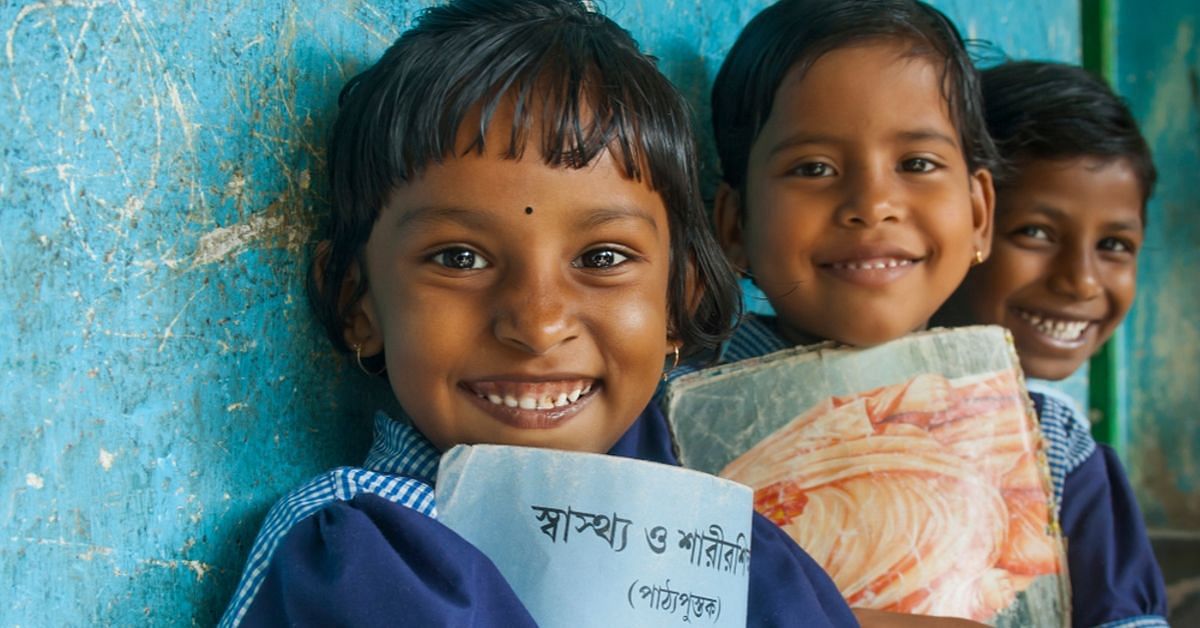Best practices in girl child protection
Best practices in girl child protection
5 fantastic suggestions by a community
A Khap Panchayat in Jind district of Haryana has decided to come forward and take a united stand in the fight against the evil practices of female foeticide and dowry in the region. The Bura Khap has made several announcements against these, and other such customs. Here are some highlights from their meeting:
- No Third Child After Two Daughters
- Re. 1 as Dowry
- Only 21 people can be a part of a bridegroom’s wedding procession
- Shorter Mourning Period - With view of decreasing the financial burden on families, they have also decided to shorten the mourning period after someone’s death to seven days in place of 13, and to end the age old practice of not having pulses, wheat flour etc. during the mourning period.
- Honouring the Good:The Khap members also proposed that they should felicitate sportsmen, social activists and writers from the village, thus promoting the need for education.

To know more, click here.
Piplantri: A Rajasthan village which celebrates the birth of every girl child with 111 trees
Piplantri is a village located in Rajsamand district in Rajasthan State, India . The villagers of Piplantri plant 111 trees every time a girl child is born and the community ensures these trees survive, attaining fruition as the girls grow up. To ensure financial security, after the birth of a girl child, the villagers contribute Rs 21,000 collectively and take Rs 10,000 from the parents and puts it in a fixed deposit, which can be broken when she turns 20. To make sure that girl child receives proper and quality education, the villagers make the parents sign an affidavit which also restricts them from marrying her off, before she attains the legal age for marriage. To know more, click here.
Source : The Better India
Last Modified : 12/9/2022
This topic covers information about panchaamit.
This topic covers about Child Development and Welf...
This topic deals with the tips to parents on issue...
Child protection refers to preventing and respondi...
